By Bill Bigelow
I was captivated as I listened to Jeanne Theoharis’s stories about Mrs. Rosa Parks in the People’s Historians Online sessions with Jesse Hagopian.
Hearing story after story about different points in Mrs. Parks’ life, it struck me that these would lend themselves to an activity in which students could encounter the breadth her activism — which, of course, features her role sparking the Montgomery Bus Boycott, but also includes “rebellious” instances before she refused to give up her seat, and then later, after she had moved to Detroit. Theoharis talks about how conventional curricular accounts of Mrs. Parks “trap her on the bus.” I thought it would be important for students to be exposed to a fuller portrait of her lifelong work as an activist for justice.
The activity I wrote, with the help of Jeanne Theoharis, The Rebellious Lives of Mrs. Rosa Parks, is a kind of “mixer,” which many people’s history teachers are familiar with. But instead of roles that ask students to represent different individuals in history, this activity invites students to imagine themselves as Rosa Parks, at different points in her life: resisting sexual assault, fighting on behalf of a wrongly convicted teenager, organizing young people in the NAACP Youth Council, marching against housing discrimination in Detroit, joining the anti-apartheid movement, and much more.
At a time when inequality based on race, wealth, and power grows wider and wider, our students desperately need models of people who dedicated their lives to making the world a better, fairer place. Mrs. Rosa Parks’ life offers students just such an example.

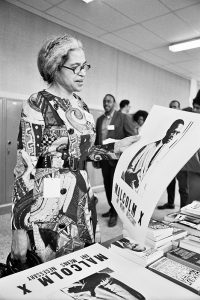


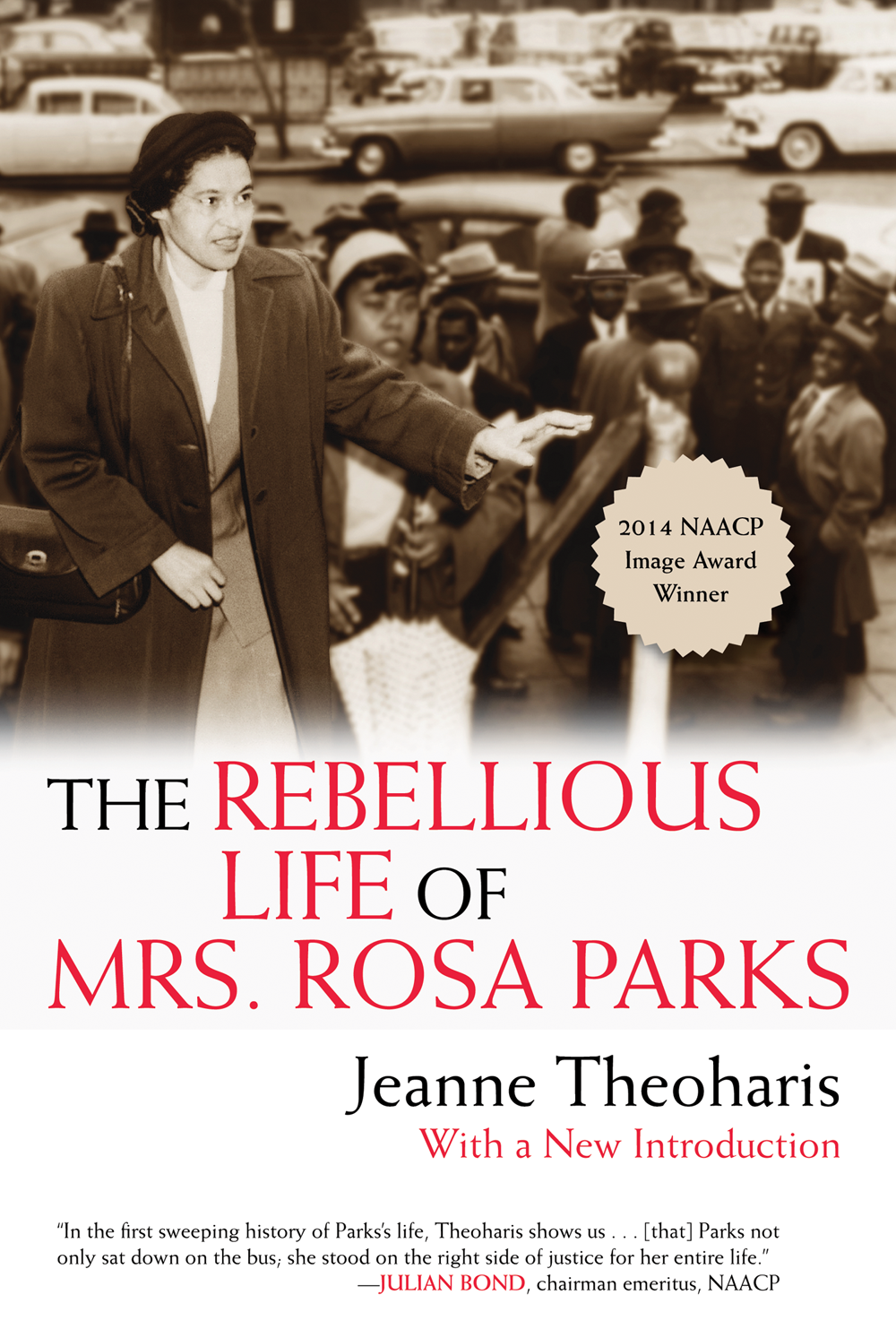

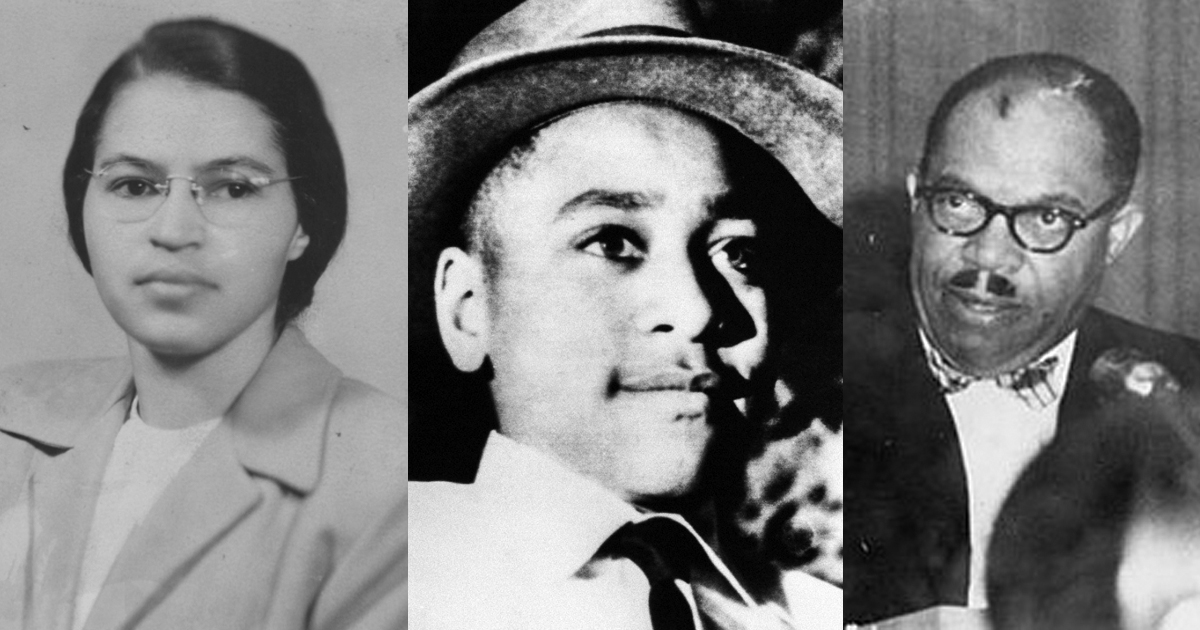
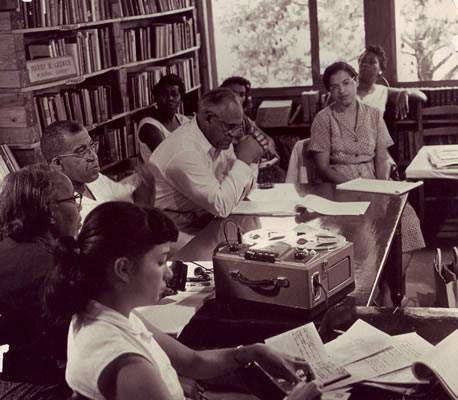
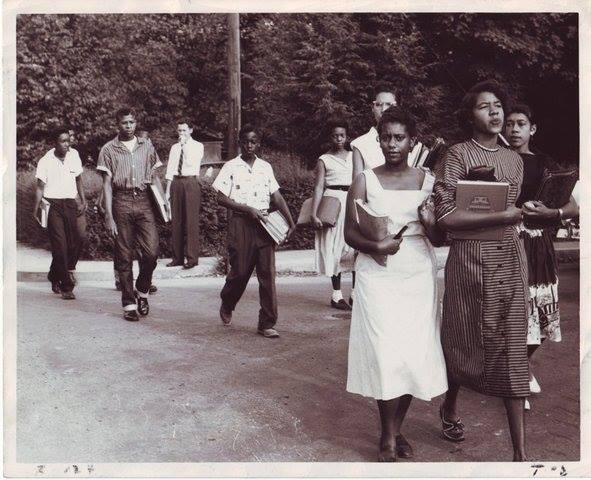
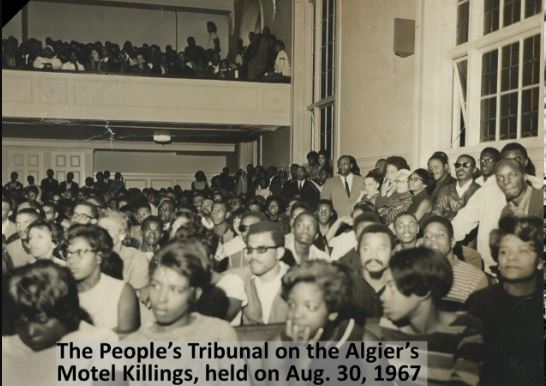
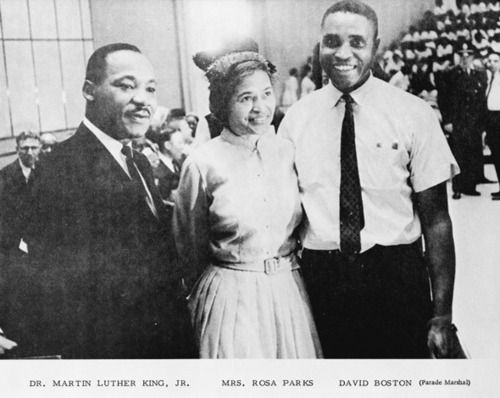





Twitter
Google plus
LinkedIn